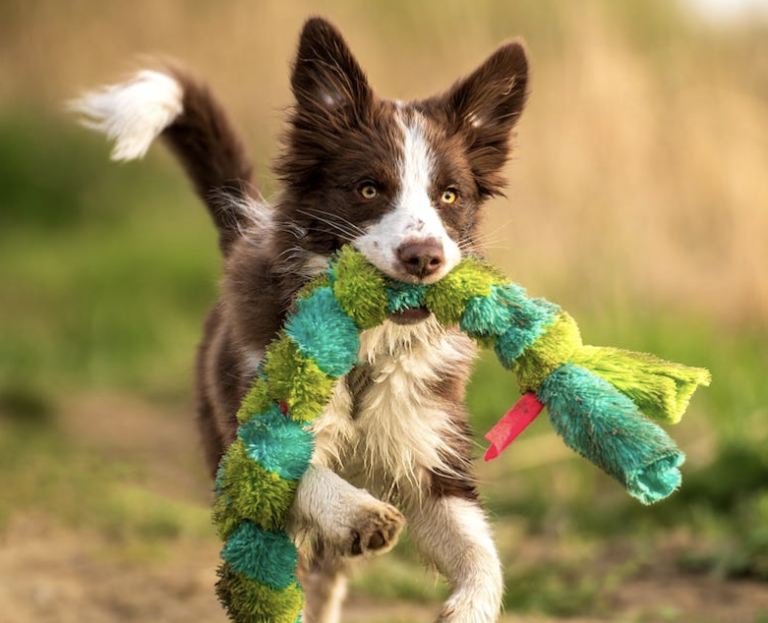10 Tips On How To Manage Separation Anxiety With Your Dogs
Separation anxiety is a common behavioral issue among dogs, characterized by distress or panic when separated from their owners.

Dogs are renowned for their loyalty and affectionate nature, often forming strong bonds with their human companions. However, this deep attachment can sometimes lead to separation anxiety when left alone.
Understanding the root causes and implementing effective management strategies are essential for ensuring the well-being of our furry friends.
In this comprehensive guide, we’ll delve into the intricacies of separation anxiety in dogs and provide practical tips for alleviating their distress.
Understanding Separation Anxiety
Separation anxiety stems from the fear of being abandoned or isolated from their primary attachment figure, typically the owner.
Dogs with separation anxiety may exhibit a range of behaviors when left alone. This can include excessive barking, whining, pacing, destructive chewing, house soiling, and attempts to escape.
These behaviors are often accompanied by signs of distress, such as panting, drooling, trembling, and restlessness.
Causes of Separation Anxiety

Several factors can contribute to the development of separation anxiety in dogs. These may include:
- Past Trauma or Abandonment: Dogs that have experienced trauma or abandonment in the past may develop separation anxiety as a result of fear of being left alone again.
- Change in Routine: Sudden changes in routine, such as a new home, a new family member, or a change in the owner’s schedule, can trigger separation anxiety in dogs.
- Over-Attachment: Dogs that have been excessively pampered or have spent extended periods in constant companionship with their owners may become overly attached, leading to separation anxiety when left alone.
- Lack of Socialization: Insufficient socialization during puppyhood can contribute to separation anxiety, as dogs may struggle to cope with being alone due to their inability to adapt to new environments or situations.
Tips for Managing Separation Anxiety
While separation anxiety can be challenging to overcome, there are several strategies that can help alleviate your dog’s distress and promote a sense of security and comfort when left alone:
Tip #1: Gradual Desensitization
Gradually acclimate your dog to being alone by leaving them alone for short periods and gradually increasing the duration over time.
Start with brief absences of just a few minutes and gradually extend the time as your dog becomes more comfortable.
Tip #2: Create a Safe Space
Designate a comfortable and secure area for your dog to stay in while you’re away. This could be a cozy crate or a designated room with their favorite toys, bedding, and comforting items.
Tip #3: Provide Mental Stimulation
Keep your dog mentally stimulated and engaged while you’re away by providing interactive toys, puzzles, and enrichment activities. This can help alleviate boredom and reduce anxiety.
Tip #4: Establish a Routine
Establish a consistent daily routine for your dog, including regular feeding times, exercise, and play sessions. Predictability and structure can help reduce anxiety and provide a sense of security for your dog.
Tip #5: Counterconditioning
Use positive reinforcement techniques to associate being alone with positive experiences. Offer treats, toys, or other rewards when you leave and when you return to help create a positive association with your departure and arrival.
Tip #6: Seek Professional Help
If your dog’s separation anxiety is severe or persistent despite your efforts, consider seeking help from a professional dog trainer or behaviorist.
They can provide personalized guidance and support tailored to your dog’s specific needs.
Tip #7: Medication
In severe cases, medication may be prescribed by a veterinarian to help manage your dog’s anxiety. Medication should always be used in conjunction with behavior modification techniques and under the guidance of a veterinarian.
Conclusion

Understanding and managing separation anxiety in dogs requires patience, consistency, and a compassionate approach.
By implementing the tips outlined in this guide and seeking professional help if needed, you can help your dog overcome their anxiety and enjoy a happier, more relaxed life.
Remember to be patient and supportive, and your dog will thank you for it with unwavering loyalty and affection.







